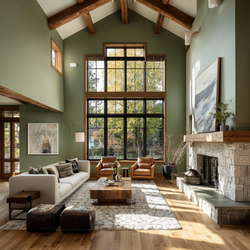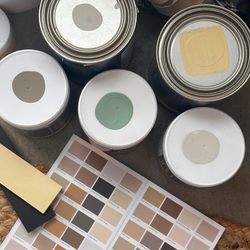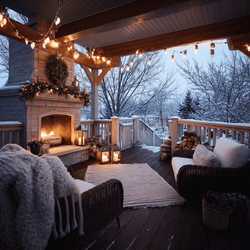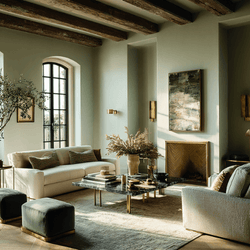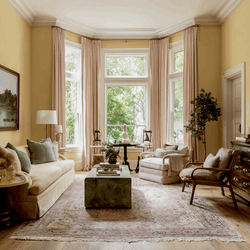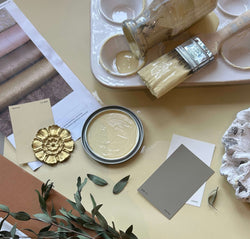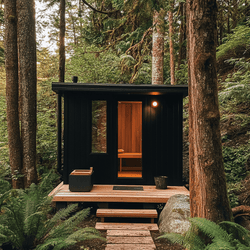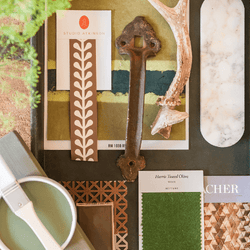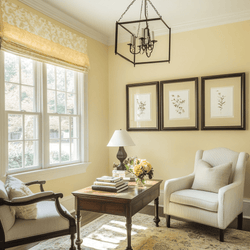Japandi: Wabi Sabi Meets Hygge
One style that perfectly exemplifies the Modern Minimalism trend is Japandi, a design sensibility that draws on the ubiquitous Scandinavian style and pairs it with the idea of wabi-sabi -- the beauty of things imperfect, impermanent, and incomplete. It's a fusion of two fundamentally minimalist lifestyles.

For thousands of years, Japan has influenced the world’s architecture and design aesthetics with its simple, uncluttered “less is more” aesthetic. Inspired by the tradition of Zen Buddhism, the minimalist movement rejects the idea of excessive commercialism and consumerism by focusing on balance, order, and having only the essentials.
The natural harmony found in Japandi style owes a lot to Denmark and Japan’s long-held cultural ties. It’s a relationship of influence that began over 150 years ago, when Danish architects, artists, and designers began traveling to Japan in search of new inspiration. - boconcept.com
5 Elements of Japandi Design
___________________
1. WARMER COLORS

While Nordic design is often characterized by whites, neutrals, or pastels, Japanese style is known for having richer tones.

Most Japandi rooms start with a darker base, usually a saturated, neutral shade, and often surrounded by traditional black and red additions.
2. SHAPE

The concentration remains on clean lines married with elegant shapes that help showcase the beauty of balance and form.
3. ACCENTS

Japanese accents tend to be more utilitarian. For example, painted screens or traditional Shoji doors that act as separation while also bringing the natural light in. Focus on a few showpieces and vases that bring nature indoors. Japandi has also introduced us to the traditional techniques of charring wood in a process called Shou Sugi Ban. Not only visual appealing, it makes the surface repel water, prevent sun damage and make it rot and insect resistant.
4. SCALE

Japandi style tends to create interiors that are near the earth; in other words, low profile furniture is preferred.
5. GREENERY + NATURAL MATERIALS
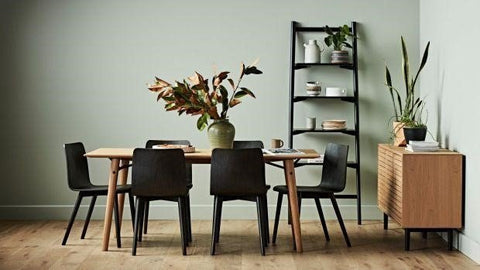
Nature is the ultimate design inspiration in Japandi design. Because it focuses more on functionality, with a great respect for nature, it's preferred to use sustainable materials like wood - and to take it one step further, to focus on quality craftsmanship, eco-friendly and local materials. Using elegant plants not only cleanses the air but brings a touch of nature indoors.
For more on how the Asian culture can inspired a happy home, click here!


